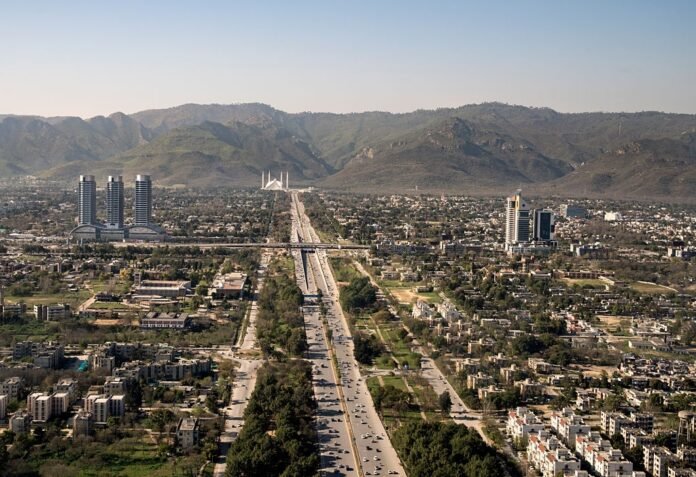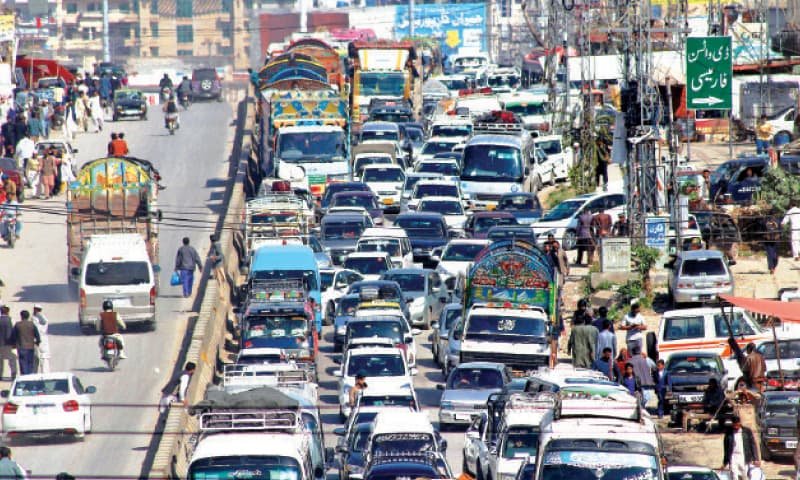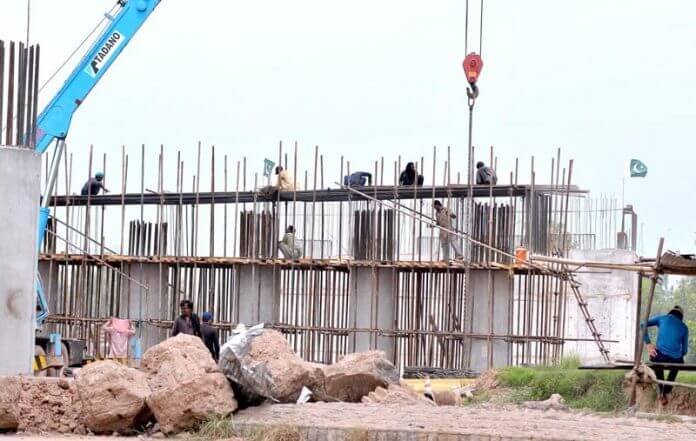Pakistan hit an all-time high power production level at 16,078 Gigawatt hours (GWh) in a month in August.
The increase in energy output is in accordance with the policy of government for the use of the country’s surplus power production capacity, since excess installed capacity is creating a rise in circular debt.
Unfortunately, the good progress comes at a larger price. During the month, the price of fuels (oil, gas, and coal) used to produce electricity rose, resulting in higher power production tariffs and monthly bills for end-users. In August, Pakistan generated a record-breaking 16,078 GWh of electricity.
According to Arif Habib Limited’s analyst Rao Aamir Ali, this was almost 10% more than the 14,630 GWh generated in the same month previous year, using statistics from the National Electric Power Regulatory Authority (Nepra). “Power production seems to have risen as a result of increasing industrial output, the establishment of new industrial units, and the expansion of existing ones,”
Another reason for the increase in power production during the month is the transfer of industry from self-generation via gas-based captive power plants to the national grid station under government-directed policy. The industrial sector is not the only sector benefiting from the government’s pro-growth and pro-business policies; the agricultural and services sectors, as well as the rest of the domestic economy, are also growing and increasing demand for power in the nation.
The speed of economic recovery in Pakistan has “exceeded expectations,” according to the central bank. Automobiles, POL (petroleum, oil, and lubricants) sales, cement sales, and power generation were among the high-frequency domestic demand indicators that continued to show strong increase. Large-scale manufacturing (LSM) grew rapidly in June (18.5 percent year on year), before slowing to 2.2 percent in August, as is typical of seasonal trends.
“The services sector is also on the mend; according to the most recent Google Community Mobility Reports, activity in grocery shops, restaurants, and shopping malls increased in July and August above pre-Covid levels. According to the State Bank of Pakistan, “the decrease in cotton cultivation is anticipated to be offset by a rise in rice, maize, and sugarcane production” (SBP).
Residential customers have also continued to update their houses with electrical and electronic products, including high-power using splits, other home appliances, and gadgets, according to information obtained. Ali said that the increased energy generation was accomplished by combining output from furnace oil, nuclear, wind, bagasse, solar, and hydel power facilities. “During August 2021, major contributions were hydel (35 percent of total output), RLNG (18 percent), coal (14 percent), nuclear (ten percent), furnace oil (ten percent), gas (eight percent), wind (three percent), and solar (0.4 percent),” he added.
When compared to the same month last year, furnace oil-based generating increased by 105 percent in August. In the month, nuclear power production rose by 100%, wind production climbed by 77%, bagasse production increased by 20%, solar production increased by 12%, and hydel generation increased by 2%.
However, he said, power based on high-speed diesel fell by 80%, coal by 9%, gas by 6%, and RLNG-based generation fell by 5% in the month compared to the same month last year. However, during August 2021, the cost of electricity production rose by 57 percent to Rs6.41/Kilowatt hour (KWh), owing to increases in the cost of generation based on RLNG, coal, furnace oil, and gas. The cost of generating based on RLNG has risen by 91% to Rs13.44/KWh.
Source: Technology Times
Subscribe to our newsletter for exclusive content and Real Estate Related deals on the go.











